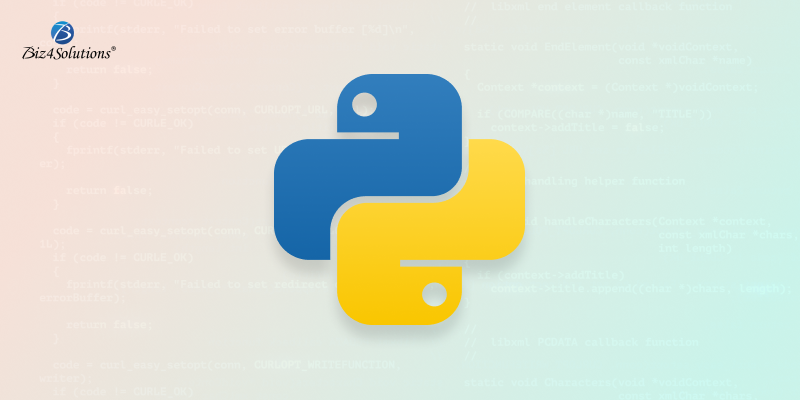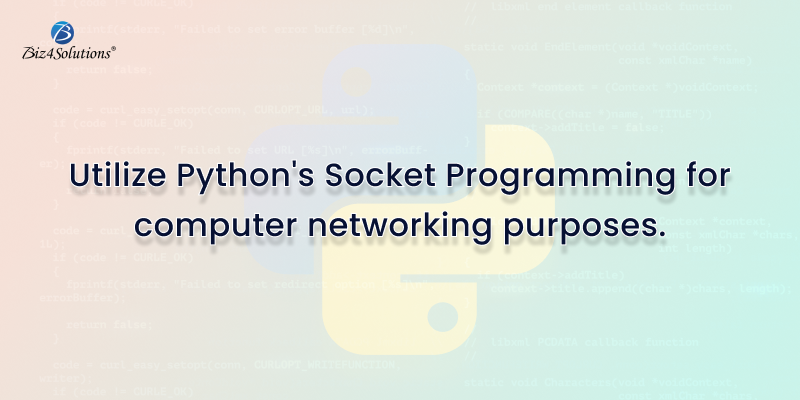Exploring Middlesex University’s Innovative Web App

Welcome to an era where educational institutions like Middlesex University are revolutionizing the learning experience through digital transformation. The introduction of the Middlesex University web app is a testament to the institution’s commitment to integrating technology with education. This innovative platform serves as a digital gateway, offering students, faculty, and administrators a seamless way to access a myriad of resources, communicate effectively, and manage academic activities with unprecedented ease.
As a leading technology solutions provider, Biz4Solutions resonates with such innovative strides in the education sector. Our expertise in custom software development positions us to appreciate the sophisticated framework and user-centric design of Middlesex University’s web app. It exemplifies the type of digital solutions we aspire to create: ones that empower users and transform business operations.
Unlock the Power: Elevate Your Experience with Our Cutting-Edge Software Solutions. Take the First Step Toward Innovation Now!
Innovative Features of the Middlesex University Web App

The Middlesex University web app stands out with its array of innovative features designed to enhance the educational journey. One of the most significant features is its personalized dashboard, which provides students with immediate access to their schedules, coursework, and university updates. The app’s real-time notifications ensure that students never miss important deadlines or announcements, fostering a proactive approach to their studies.
Collaboration is another cornerstone of the app, with features such as group chat rooms and video conferencing tools enabling students and faculty to interact and work together regardless of their physical location. This level of connectivity is invaluable in today’s global and often remote learning environments.
The app also includes a comprehensive resource library, allowing for instant access to research materials, textbooks, and journals. Additionally, it integrates seamlessly with existing university systems, such as the student information system (SIS) and learning management system (LMS), creating a unified platform that simplifies the user experience and optimizes academic workflows.
Enhancing Student Experience with Middlesex’s Digital Platform

At the core of the Middlesex University web app is a commitment to enhancing the student experience. By integrating digital innovation into daily campus life, the app provides a more engaging and accessible educational environment. Students benefit from tailored learning experiences with the ability to track their academic progress, access personalized support services, and manage their university affairs with unparalleled ease.
The app’s intuitive interface is designed with the user in mind, ensuring that even the most complex tasks are simplified. Whether it’s registering for classes, accessing grades, or participating in virtual campus events, the platform’s user-friendly design removes barriers that might otherwise impede student engagement.
Moreover, the web app’s mobile compatibility means that students can carry the full power of Middlesex University’s digital platform right in their pockets. The ability to connect with peers, professors, and university services on-the-go not only empowers students but also cultivates a sense of community and belonging, which is crucial for academic success and personal growth.
The Technology Behind Middlesex University’s Online Services
The technology underlying the Middlesex University web app is a sophisticated blend of modern software development practices and state-of-the-art infrastructure. Utilizing the latest in cloud computing, the app ensures high availability and scalability to meet the needs of a growing student body. This technical foundation means that students can rely on consistent and uninterrupted access to their educational resources anytime, anywhere.
Security is a top priority, with the platform employing advanced encryption and authentication measures to protect sensitive student data. The use of secure APIs and integration with the university’s internal systems facilitates seamless information exchange while maintaining data integrity and privacy.
Artificial Intelligence (AI) and Machine Learning (ML) algorithms are also leveraged to personalize the user experience. These technologies analyze student behaviors and preferences to deliver customized content and recommendations, enhancing the learning journey. Such forward-thinking applications of technology demonstrate Middlesex University’s commitment to providing an educational environment that is not only functional but also innovative and adaptive to the needs of its users.
The Impact of Middlesex University’s App on Academic Success

The Middlesex University web app plays a pivotal role in shaping the academic success of its students. By providing an integrated platform for managing coursework, accessing study materials, and communicating with peers and faculty, the app fosters a more organized and efficient educational experience. The immediate availability of resources and tools directly correlates with enhanced learning outcomes, as students can engage with their studies in a more interactive and responsive manner.
Moreover, the app’s ability to track progress and provide analytics allows students to identify their strengths and areas for improvement. Such insights enable a more focused approach to learning, leading to better grades and a deeper understanding of the subject matter. The personalized support offered by the app’s features, such as tailored study plans and reminders for important academic deadlines, further contributes to a student’s academic success.
The collaborative environment encouraged by the app’s communication features means that students can more easily form study groups, participate in discussions, and receive feedback, creating a rich community of learning. This collaborative aspect is essential in today’s educational landscape, where peer-to-peer learning and networking are invaluable. Overall, the Middlesex University web app not only supports individual achievement but also enhances the collective academic culture, preparing students for success both during their university tenure and in their subsequent professional careers.
Future Developments in Middlesex’s Educational Technology

As Middlesex University continues to pioneer in the domain of educational technology, anticipating future developments is crucial for maintaining its competitive edge. The university is expected to leverage emerging technologies such as artificial intelligence (AI), machine learning, and data analytics to further personalize the learning experience. This could lead to the creation of adaptive learning pathways that adjust to individual student needs, enhancing engagement and academic performance.
Are You Interested in Building a Top-Class Website or Mobile App?
Advancements in virtual reality (VR) and augmented reality (AR) are also on the horizon for Middlesex’s educational technology. These immersive technologies have the potential to transform traditional learning environments, offering students hands-on experience and interactive simulations that could revolutionize fields like medicine, engineering, and the arts.
To support these innovations, robust infrastructure and strategic partnerships with leading technology providers will be essential. Middlesex University’s commitment to continuous improvement and adaptation in its web app and other digital tools will undoubtedly play a significant role in shaping the future landscape of higher education technology. As these advancements unfold, they will not only benefit current and future students but also set new benchmarks for academic institutions globally.


